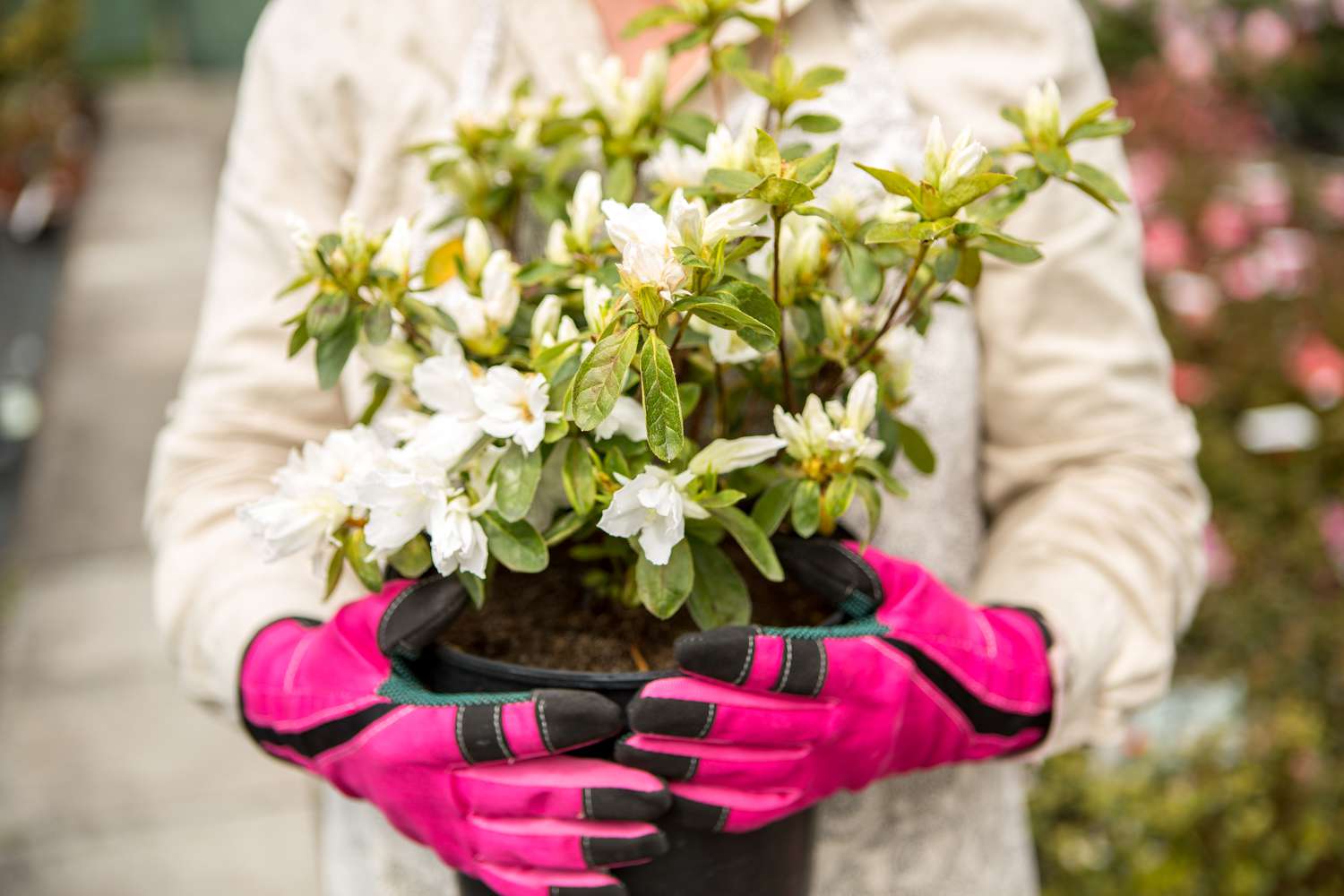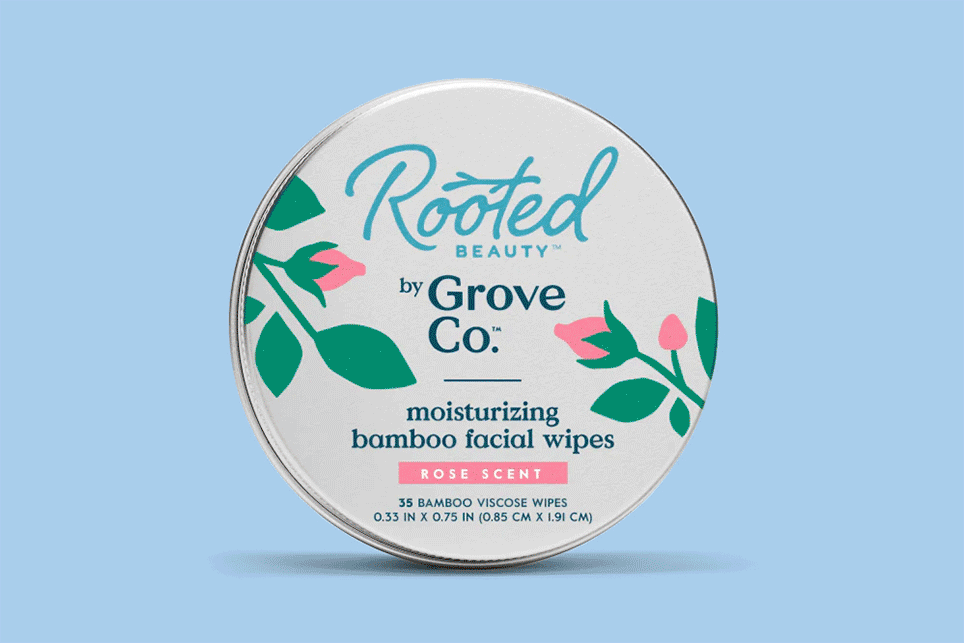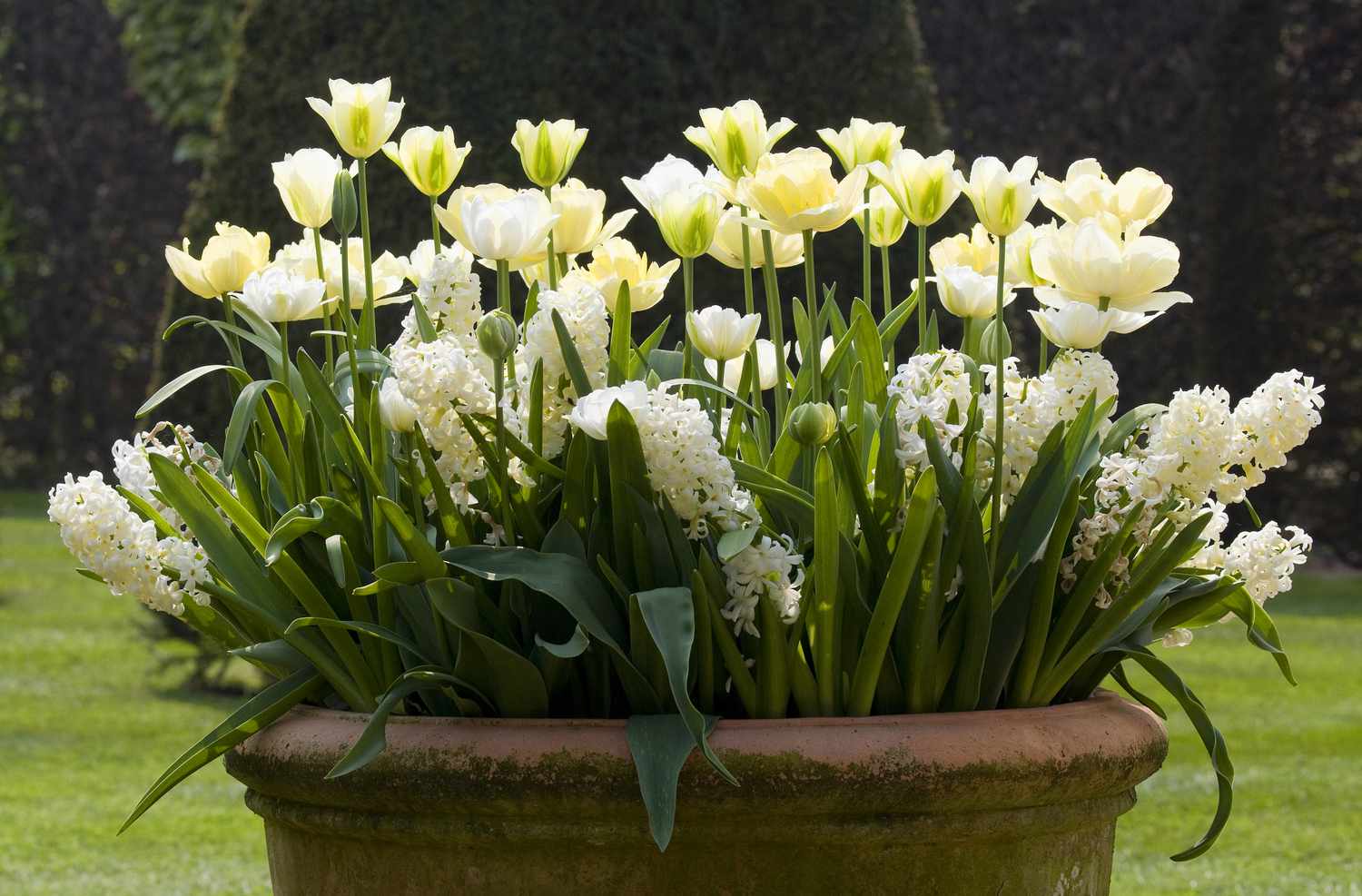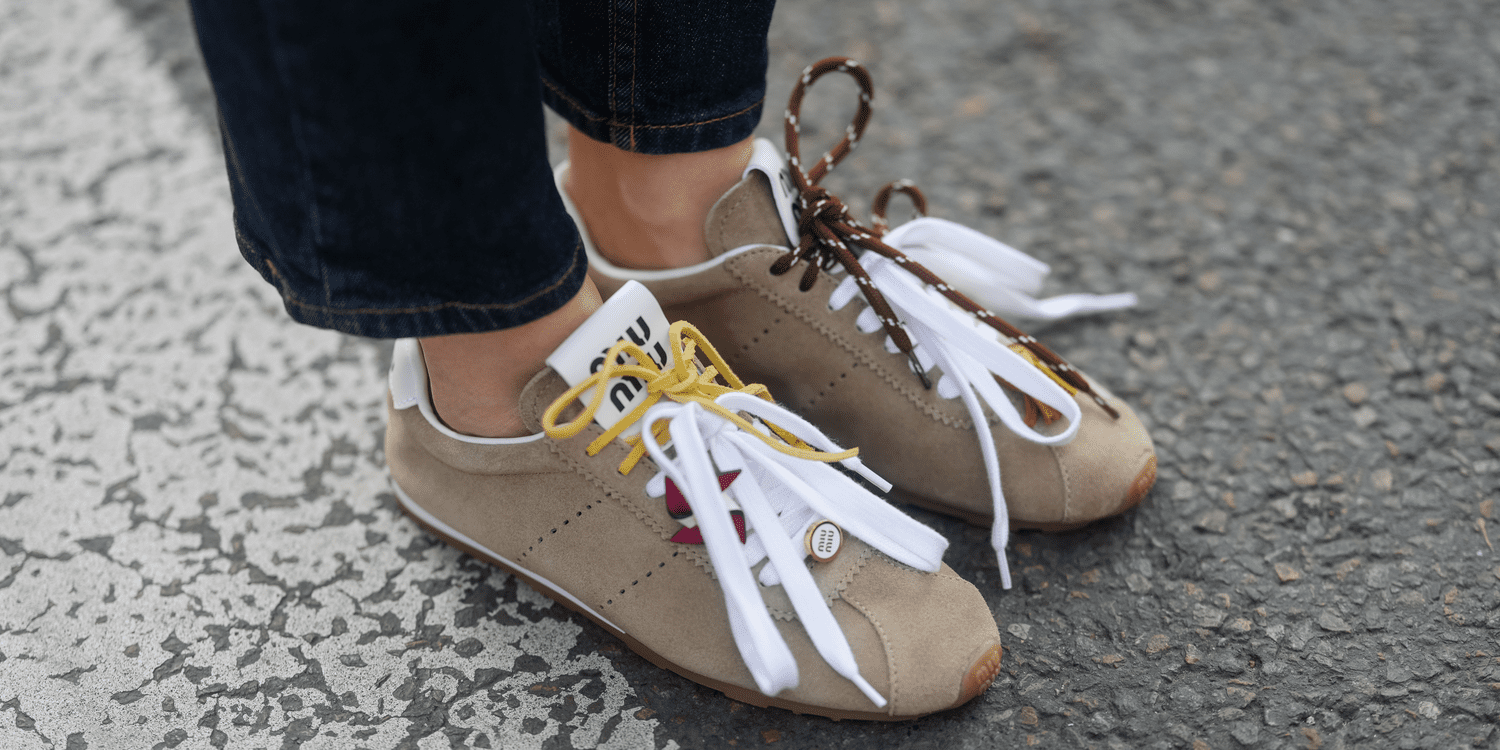
The Best Time To Plant Azaleas For Stunning Blooms
Azaleas start lining shelves at garden centers in early or mid-spring, just when buds are breaking and the pink, white, purple, and red blooms begin showing their colors. With the exception of reblooming azaleas like Encore, most are done blooming for the year well before summer. Many people like to plant new azaleas in spring for an instant burst of color in the garden—but this isn’t necessarily the best time to plant azaleas.
Technically, you can plant azaleas year-round, but they may require extra care at certain times of year. We’ll explain the best time to plant azaleas and how to make sure they thrive no matter what season you put them in the ground.
The Best Time To Plant Azaleas
In the South, fall is the best time to plant azaleas. Waiting until temperatures begin to cool gives the shrubs more time to get established before hot weather arrives the following year. The downside is that you aren’t likely to see the blooms while picking out your plant. However, many azalea growers do include a photo so you can get a sense of the color, and some reblooming azaleas flower again in fall.
Fall-planted azaleas should not be fertilized or pruned. Simply mulch around the plants and water them when the soil starts to dry out.
Planting Azaleas In Spring
If seeing those colorful blooms gets you excited, you can plant azaleas in spring. Get them in the ground as early as possible and be prepared to water regularly, especially during the summer. For the best chance of success, pick a site with morning sun only or with light, dappled shade. Note that Encore azaleas may need a little more sun—four to six hours a day—for the best bloom.
Azaleas may need watering two or three times a week in their first year. Use your fingertip to check soil moisture around the base of the plant.
Our Best Tips For Planting Azaleas
To ensure success no matter what time of year you plant, follow these tips for planting azaleas:
Plant In The Right Soil
Azaleas need acidic, well-draining soil that is rich in organic matter. If you have sandy soil that drains too fast, mix in 10-20 percent compost to help conserve moisture. If you have alkaline soil or heavy clay with poor drainage, creating a raised planting bed with the right conditions will result in healthier plants. If your soil leans toward neutral, it’s a good idea to use an acidic mulch like pine straw or pine bark.
Free Up The Roots
Many azaleas are root-bound when they come home from the nursery, especially if you purchase them later in the year. Use your fingers to free up any large circling roots and rough up the root ball as much as possible so the roots will spread into the surrounding soil. With severely root-bound plants, this may be difficult. You can use a sharp garden knife to slice through a few circling roots with a stranglehold on the plant.
Don’t Plant Too Deep
Azaleas need good drainage but also require adequate moisture. Plant your azalea slightly higher than it was in the nursery pot. The root ball should be just above the soil line. Then, add 2 to 3 inches of mulch around the plant.










